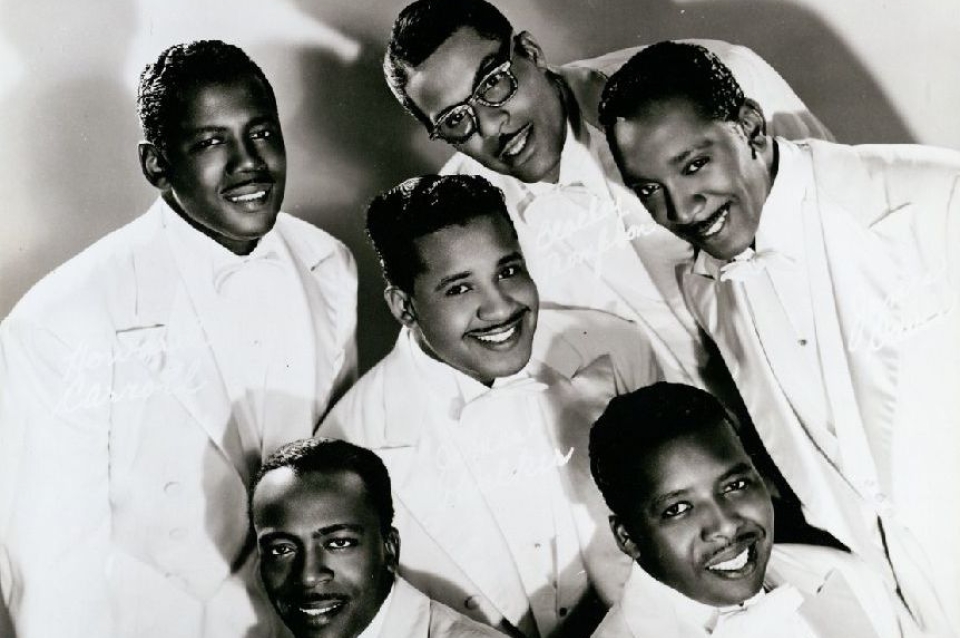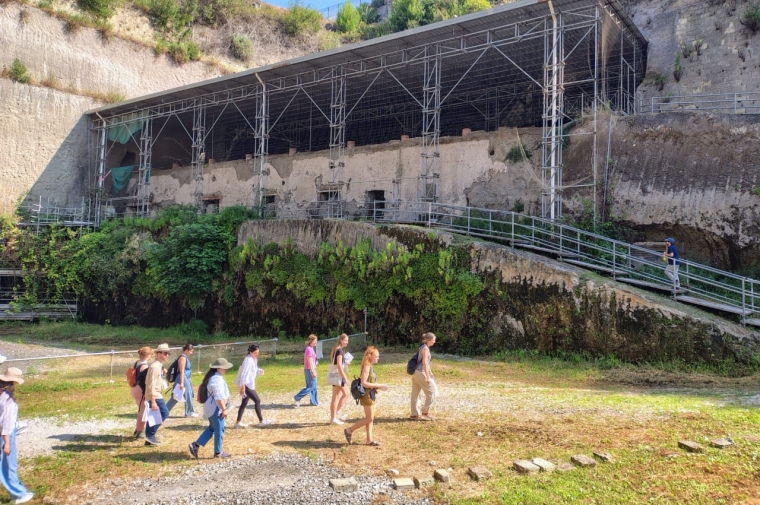February 26, 2024
Stuart Weitzman School of Design
102 Meyerson Hall
210 South 34th Street
Philadelphia, PA 19104
Get the latest Weitzman news in your Inbox
The former headquarters of the Philadelphia gospel group the Dixie Hummingbirds has been added to the Philadelphia Register of Historic Places, thanks to a nomination written by Laurie Wexler, a graduate student in historic preservation at Weitzman.
The Dixie Hummingbirds were one of the most influential groups in the history of gospel music. Active for four decades during the genre’s golden age, the Birds were instrumental in the popularization of gospel music, and Wexler says and their legacy can be traced directly to the sound of today’s popular music, influencing R&B greats James Brown, Stevie Wonder, and The Temptations, among others.
The group moved to Philadelphia from South Carolina in 1942, a part of the Great Migration of African Americans to northern cities, drawn by the promise of steady work. The Sharswood neighborhood, home to the newly designated headquarters, rivaled Harlem as a vibrant hub for Black culture, arts, and music.
To put together the nomination, Wexler traced back the history of the land to the original developer and put together a chain of title. Then, she wrote a narrative of the Birds, arguing that the house, home to group founder James B. Davis, was worthy of designation because of its connection to notable people within the African American music landscape in Philadelphia.
The historic register designation process is one of the fundamental tools of historic preservation, and that’s why it is taught in HSPV 6000 Documentation, Research, and Recording I, a core course in the first semester of the Preservation curriculum.
Francesca Russello Ammon, an associate professor of historic preservation and city and regional planning who co-teaches Documentation I, says the course guides students through both archival research and analysis of the present-day built fabric. “Both skills are foundational for preservationists, regardless of their particular foci within the field,” she insists. By the end of the course, individual student work culminates in a draft nomination for a real historic building.
Wexler, who took a leave from classes last fall, wanted to do something in her time off to gain practical experience, so she reached out to the Preservation Alliance for Greater Philadelphia to ask if they needed any support in their advocacy work.
There is currently a state historic marker in front of the property, but that doesn’t come with any regulatory protection, says Hanna Stark, an advocacy associate with the Preservation Alliance for Greater Philadelphia, who is also an alum of the historic preservation program.
“In the past, so many of our Philadelphia Register designations focused on architecture,” Stark explains, “so we’ve really been trying to promote social history, especially in neighborhoods where there’s a lack of designation like Sharswood.” Designation benefits the neighborhood at large by protecting heritage and promoting stability.
Being able to see a Wexler’s work sample, a draft nomination from the Documentation course, gave Stark the confidence that she could take on the project. Wexler also says the experience helped her land a summer internship doing similar work in Washington, D.C.
Stark adds that, in her current role with the Preservation Alliance, she uses the skills she learned in Documentation every day. “Laurie and other Penn students are uniquely situated to jump right into the field after writing a draft nomination because they already have that leg up. Penn prepares students really well through Documentation.”


 View Slideshow
View Slideshow


